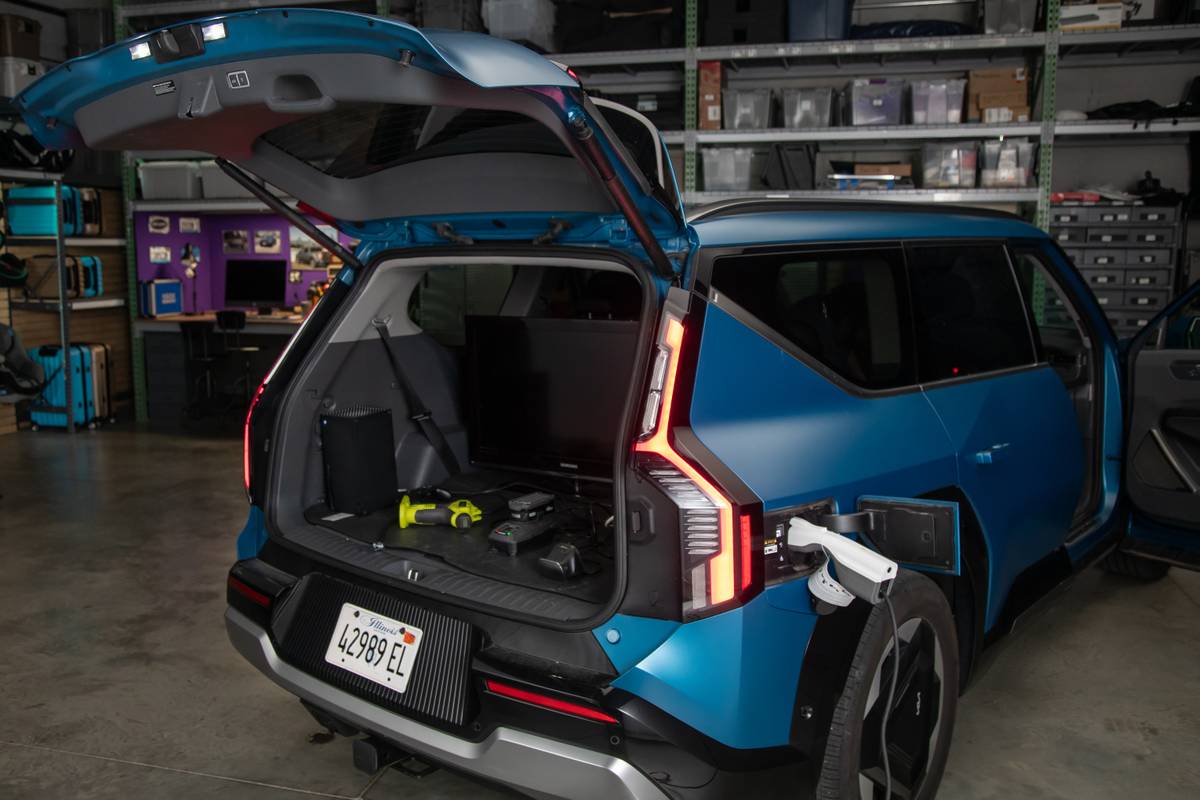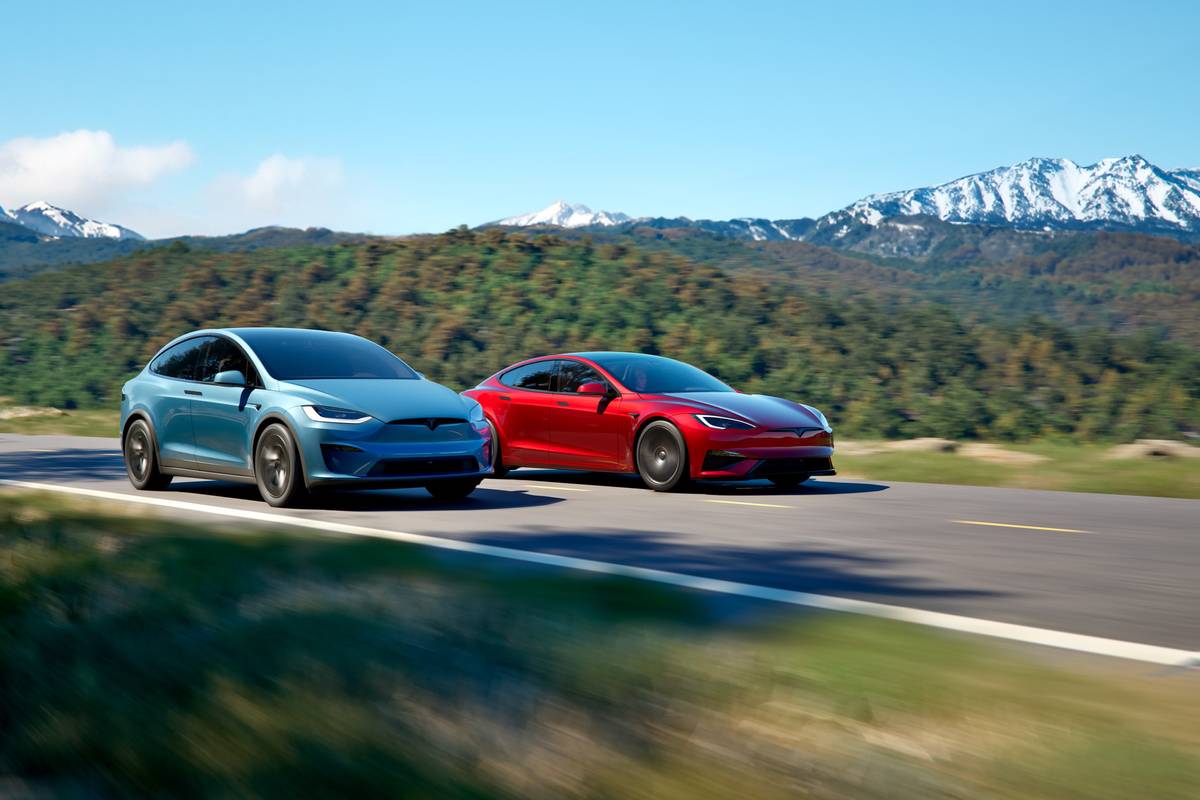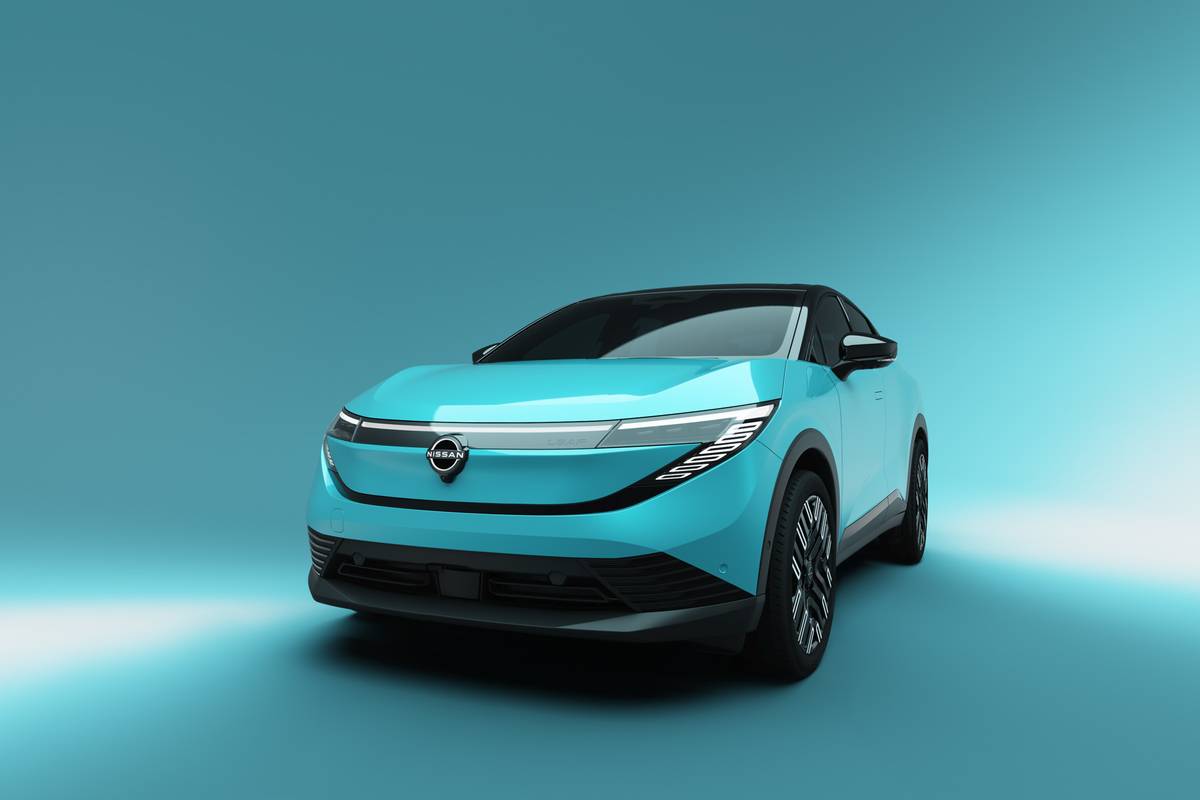Star-Telegram.com's view
With gasoline prices soaring, many consumers are looking to replace their larger, less fuel-efficient SUVs with something that can wring a few more miles out of a gallon of gas.
While many people are turning to small cars, some of those just don’t provide enough space for busy families. That’s where a small crossover wagon such as the Toyota Matrix just might come in handy.
The Matrix, already one of the most popular and most fuel-efficient small crossovers, has been completely redesigned for 2009.
Built on the chassis of the redesigned Corolla sedan, Toyota brought the new Matrix to market in February, just in time to help people deal with the fuel crisis. It’s a close sibling to the Pontiac Vibe, which also has been redesigned for 2009.
Toyota and General Motors jointly own the New United Motor Manufacturing Inc. plant (known as NUMMI) in Fremont, Calif., which builds the Toyota Corolla sedan and Tacoma pickup, as well as the Vibe. The Matrix is built at a plant in Ontario, Canada, that also builds Corollas.
The Matrix, with seating for five and a roomy cargo area behind the back seat, begins at $16,190 (plus $660 freight), and brings fuel economy ratings of 26 miles per gallon city/32 highway with the base 1.8-liter four-cylinder engine and five-speed manual gearbox, or 25/31 with the four-speed manual.
Starting prices run as high as $21,850 for the sporty XRS model, which we tested. This model comes with a larger, 2.4-liter four-cylinder engine, with EPA ratings of 21 mpg city/29 highway. With this version comes the five-speed automatic transmission also used in the Camry.
While I did enjoy the extra zip from the bigger engine, I’d prefer the smaller one to be able to have the better fuel economy.
Still, I drove the Matrix XRS extensively during my weeklong test, taking the family on a couple of trips, and it was refreshing to have a car that could go more than 300 miles, then take about half of the gas of a large SUV to fill the 13.2-gallon tank.
Because most of my driving was on the highway, I had the benefit of the higher end of the fuel-economy scale.
Toyota marketing manager Tim Morrison said the new Matrix has “the body of a five-door hatchback and the soul of a sports car.”
But the sports-car comparison fits the XRS more than the base model, which comes with the same 132-horsepower inline four-cylinder engine that powers the base Corolla sedan. The five-speed automatic is not offered with the base engine.
The XRS is meant for people who want more pizzazz in a vehicle, even if it is a small, fuel-efficient, practical car.
Both the midlevel S and the top-of-the-line XRS come with the 2.4-liter engine that is standard in the base Camry sedan. It’s rated at 158 horsepower and 162 foot-pounds of torque.
Toyota says the XRS can accelerate from zero to 60 mph in 8.1 seconds, which is not exactly sports car performance. But it is impressive for a small crossover-style family vehicle.
Adding to the sporty looks of both the S and XRS models are front and rear underbody spoilers and large mesh fog lights. A rear deck-lid spoiler is included on the XRS.
Other extras on the XRS include leather interior, a rear spoiler, a sport suspension, electric power steering, and 17-inch alloy wheels.
Some shoppers actually might find the S model the sportiest, as it comes with the option to add all-wheel drive. All-wheel drive is great for wet and snowy roads, of course, but it’s also a performance feature that helps the car corner better on dry pavement, so is practical even here in mostly snow-free Texas.
Pontiac offers similar choices for the Vibe – a base model with the 1.8-liter engine, an all-wheel-drive version with the 2.4-liter engine, and a sporty version called the Vibe GT.
Although the Vibe is a Matrix underneath, GM redesigned the exterior somewhat. It has a signature Pontiac grille and other distinct features. The interior also was given a different design, with lots of Pontiac flavor.
The Matrix “helped redefine the concept of a crossover utility vehicle,” Toyota says. A crossover is roughly defined as a sport utility vehicle built on the chassis of a car, giving it the handling and grace of a car (and the generally better fuel economy), but the hauling capabilities of an SUV.
Because crossovers are among the bright spots in the currently challenged new-car market, Toyota has recently begun calling the Matrix a crossover. Before, it had been marketed as a small wagon.
Toyota isn’t alone on this strategy – as crossovers have grown in popularity, automakers with small wagons and hatchbacks have begun to refer to these vehicles as crossovers.
“The Matrix concept was based on blending the functionality of an SUV [and] the style, image and performance of a sports car with the affordability of a subcompact sedan,” Morrison said.
In their blurring of the line between cars and SUVs, Matrix designers “focused on greater exterior coupe-like styling,” Morrison said. The car was made wider with a lower stance than the current model, while maintaining the interior space of the previous model.
“The result is a sporty, dynamic shape that contains room for five people to ride in comfort,” Morrison said.
We loaded our tester with two adults up front and either two or three older children in the rear, depending on the day, and had plenty of room for everyone’s luggage in the back – along with three hiking sticks. While everyone was relatively comfortable, there was less picking at each other in the rear seat with two riding there instead of three, of course.
The 2009 model is slightly lower than the previous version, so the seats were lowered to prevent loss of headroom, Morrison said. The cabin has the same space as that of the previous model.
Among new interior features are a three-spoke steering wheel, sport front bucket seats, and a high-efficiency climate-control system with better heating and cooling and larger vents, but reduced power consumption.
The S and XRS come with a leather-trimmed steering wheel that has controls for the audio system. A hand-free Bluetooth phone connection is optional. The steering wheel audio controls are a good idea, but I found them to be poorly placed, because each time I had to blow the horn, I accidentally hit one of the audio controls. At one point, this turned the system on unexpectedly, startling me because the volume was way up.
Among the safety features are front seat-mounted side air bags on all models, along with roof-mounted side-curtain air bags for both rows of seats. Active headrests are standard on the front seats, and a tire-pressure monitoring system comes on all versions.
Electronic stability control and traction control are standard on the XRS, but optional on the base and midlevel versions. This is a mistake, though. These important safety features should be standard across the line.
Base and midlevel models come with front disc/rear drum brakes, and the antilock braking system is standard. The XRS comes with four-wheel disc brakes with ABS.
Extras on our tester included a touch-screen navigation system with built-in AM/FM/compact-disc audio system ($1,200); a sunroof ($890); an all-weather package ($150); and carpeted floor mats ($199).
Total sticker was $25,049, including freight. But it really doesn’t take that much money to buy a nicely equipped Matrix. You could find one for well under $20,000 – just not the XRS.
2009 Toyota Matrix
The package: Compact, five-door, five-passenger, four-cylinder, crossover wagon.
Highlights: Toyota’s popular economy wagon was redesigned for 2009, getting a new chassis, engines, styling, and interiors. This little wagon is roomy enough for five, with great fuel economy, especially with the base engine.
Negatives: Gets pricey in the higher trim levels with all the options.
Engine: 1.8-liter inline four-cylinder; 2.4-liter inline four-cylinder.
Transmission: Five-speed manual; four- or five-speed automatic.
Power/torque: 132 HP./128 foot-pounds (1.8); 158 HP./162 foot-pounds (2.4).
Length: 171.9 inches.
Curb weight: 2,865-3,360 pounds.
Brakes, front/rear: Disc/drum, antilock (XRS: disk/disk, antilock).
Cargo volume: 19.8 cubic feet.
Towing capacity: 1,500 pounds.
Fuel capacity/type: 13.2 gallons/unleaded regular.
EPA fuel economy: 26 mpg city/32 highway (1.8-liter, manual); 25/31 (1.8 with four-speed automatic); 21/29 (2.4-liter, manual or five-speed automatic).
Major competitors: Pontiac Vibe, Suzuki Forenza wagon, Nissan Versa hatchback, Volkswagen Jetta SportWagen.
Base price range: $16,190-$21,850 plus $660 freight.
Price as tested: $25,049, including freight and options (XRS automatic).
On the Road rating: 9.3 (of a possible 10).
The automotive columns of G. Chambers Williams III have appeared regularly in the Star-Telegram since 1995. Contact him at chambers@star-telegram.com.
Latest news



